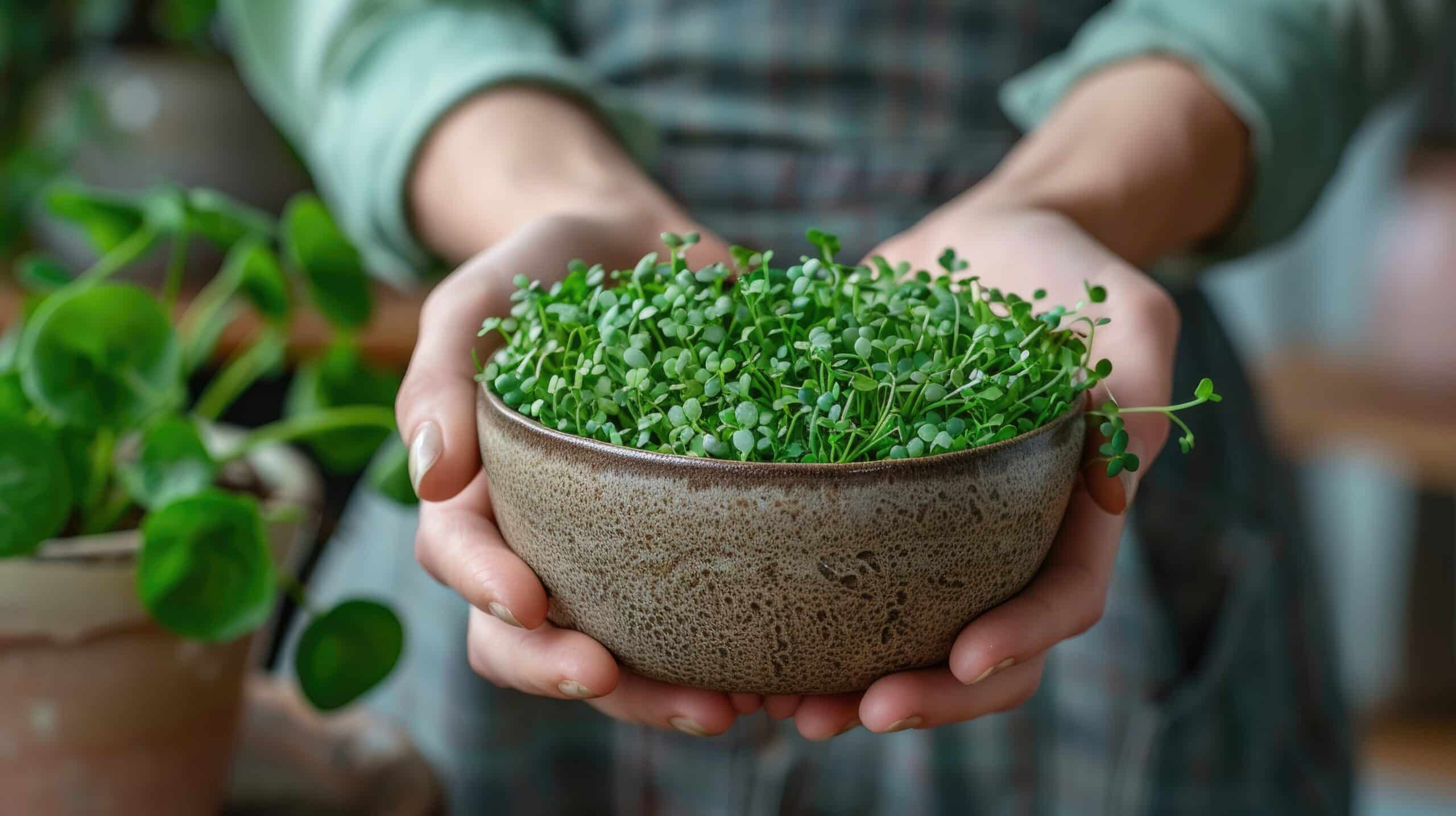Can Any Seed Be a Microgreen?
Key Takeaways
- Microgreens are small, tender, immature plants that are harvested just after the first true leaves have formed.
- There is a wide variety of seeds that can be used to grow microgreens, such as broccoli, kale, radish, sunflower, mustard, cilantro, arugula, and basil.
- Not all seeds are suitable for microgreens, as some seeds may contain toxins or other undesirable qualities. It is important to choose seeds that are safe and suitable for microgreen cultivation.
Microgreens have gained popularity in recent years as a nutritious and flavorful addition to meals. These small, tender, immature plants are harvested just after the first true leaves have formed. They are packed with concentrated nutrients and can be grown easily at home. But can any seed be a microgreen? Let’s dive into this question and explore the possibilities.
Types of Seeds Suitable for Microgreens
When it comes to microgreens, there is a wide variety of seeds that can be used. Different plants offer unique flavors, textures, and nutritional profiles. Some common types of seeds suitable for microgreens include:
- Broccoli
- Kale
- Radish
- Sunflower
- Mustard
- Cilantro
- Arugula
- Basil
- Cilantro
These are just a few examples, and the possibilities are endless. In fact, there are more than 80 types of microgreens that can be grown at home, according to Microveggy. This means that a wide range of seeds can be used to grow microgreens, allowing you to experiment with different flavors and textures in your dishes.
Not All Seeds Are Suitable for Microgreens
While many seeds can be used for microgreens, not all seeds are suitable. Some seeds, such as tomatoes, contain leaf/stem toxins that can be harmful if consumed in large quantities. According to Backyard Digs, it is recommended to avoid certain seeds that may have toxins or other undesirable qualities when grown as microgreens.
It is important to do your research and choose seeds that are known to be safe and suitable for microgreen cultivation. This is especially crucial if you are planning to consume the microgreens yourself or serve them to others. The health and safety of yourself and those consuming the microgreens should always be a top priority.
Common Seed Families for Microgreens
The Healthline website mentions that microgreens can be grown from various seeds belonging to different plant families. Some of these families include:
- Brassicaceae (cabbage family)
- Asteraceae (daisy family)
- Apiaceae (carrot family)
- Amaryllidaceae (onion family)
- Amaranthaceae (amaranth family)
- Cucurbitaceae (cucumber family)
- Cereals and legumes
These families encompass a wide range of plants, each bringing its own unique characteristics to the microgreen world. Exploring different seed families can open up a whole new world of flavors and textures to incorporate into your meals.
Conclusion
In conclusion, not all seeds can be grown as microgreens. While there are more than 80 types of microgreens that can be grown at home, according to Microveggy, it is important to choose seeds that are safe and suitable for microgreen cultivation. Some seeds may contain toxins or other undesirable qualities when grown as microgreens, so it is essential to do your research and select seeds from reputable sources. By exploring different seed families, you can discover a wide variety of flavors and textures to enhance your culinary creations.
Related Websites:
FAQs:
Q: What are microgreens and why are they popular?
Microgreens are young vegetable greens that are harvested after the first set of true leaves have developed. They are popular in the culinary world because they offer intense flavor, vibrant colors, and a variety of textures to dishes. Additionally, microgreens are packed with nutrients and can be used as a garnish, salad ingredient, or added to sandwiches, smoothies, and more.
Q: How do microgreens differ from sprouts and full-grown vegetables?
Microgreens are different from sprouts because they are grown in soil and are harvested after the first true leaves have developed. Sprouts, on the other hand, are germinated seeds that are typically grown in water and harvested before the first true leaves appear. Microgreens also differ from full-grown vegetables as they are harvested at a much younger stage, usually within 7 to 21 days after germination, whereas full-grown vegetables require a longer growing period.
Q: What are the ideal growing conditions for microgreens?
Microgreens thrive in bright, indirect light with temperatures ranging between 60°F to 75°F (15°C to 24°C). They require consistent moisture, so it’s important to keep the growing medium slightly damp but not waterlogged. Providing good air circulation is also beneficial for healthy microgreen growth.
Q: Can any seed be a microgreen?
While not all seeds are suitable for microgreen cultivation, a wide variety of seeds can be used. It’s important to consider factors such as taste, texture, and growth rate when selecting seeds for microgreens. Popular seed choices for microgreens include radish, broccoli, sunflower, pea, and basil, each offering their own unique flavors and characteristics.
Q: How do you harvest and use microgreens?
Microgreens are ready to be harvested when they have developed their first set of true leaves, typically within 7 to 21 days. To harvest, simply use clean scissors or a sharp knife to snip the stems just above the soil surface. Be careful not to damage neighboring microgreens while harvesting. Microgreens can be used as a fresh garnish, added to salads, sandwiches, and wraps, or incorporated into various recipes to enhance both the taste and visual appeal of the dish.






